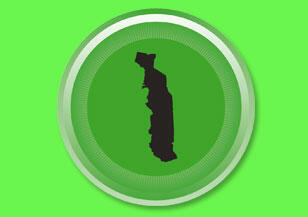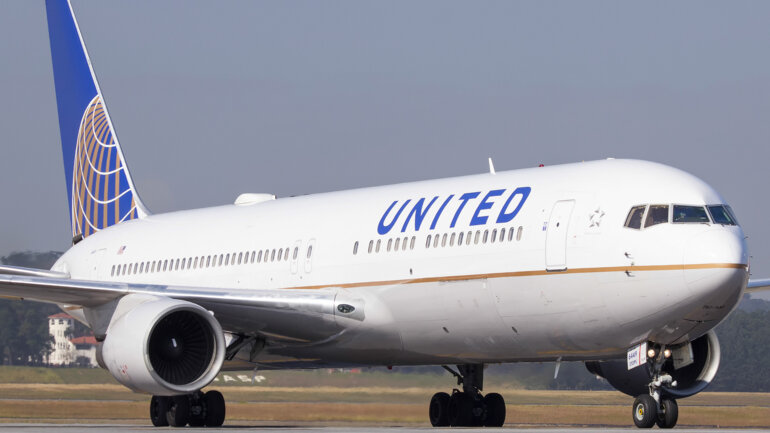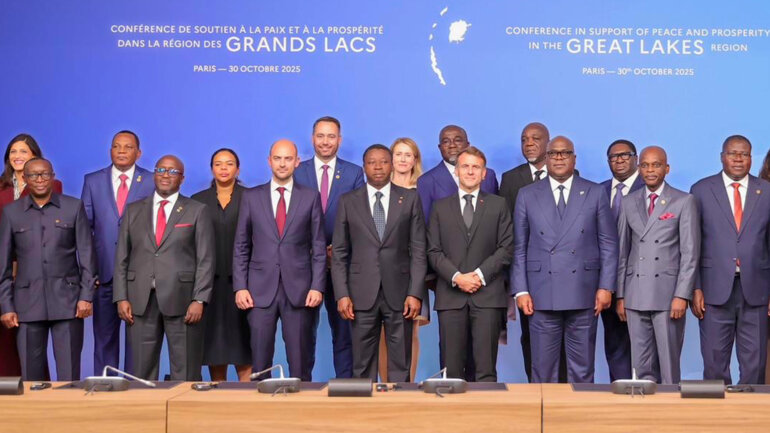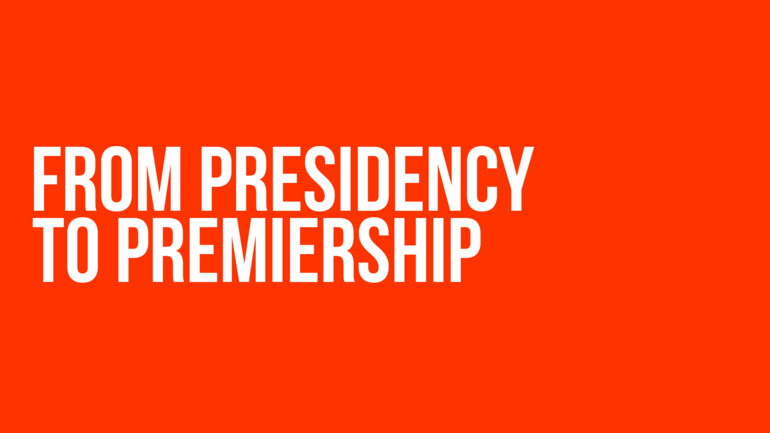
- Diplomatie

The World Bank's International Development Association (IDA) and the International Monetary Fund (IMF) have determined that the Republic of Togo qualifies for debt relief under the enhanced Heavily Indebted Poor Countries (HIPC) Initiative, enabling it to reach the decision point under the Initiative.1 Togo becomes the 34th country to reach its decision point.
Togo will receive interim debt relief from certain creditors, but in order to qualify for irrevocable debt relief at the completion point, Togo will be implementing a broad set of reforms. In particular, Togo is expected to prepare its full Poverty Reduction Strategy Paper (PRSP) and satisfactorily implement it for at least one year, and maintain macroeconomic stability as evidenced by satisfactory performance under the economic program supported by an arrangement under the IMF's Poverty Reduction and Growth Facility (PGRF). The country will also implement key structural and social reforms, including in the areas of economic governance and debt management, under IMF and IDA-supported programs anchored in the government's Poverty Reduction Strategy.In addition to HIPC debt relief, Togo will access relief under the Multilateral Debt Relief Initiative (MDRI) when it reaches the HIPC completion point. This will further increase the resources available to the Government in order to reduce poverty.
Takatoshi Kato, Deputy Managing Director of the IMF, said: "Togo has made significant progress on political and economic reforms, and has regularized its relations with key development partners. Performance under the new PRGF arrangement has been commendable, despite the adverse impact of global price volatility and recent heavy flooding in Togo. External conditions are likely to remain challenging owing to the global downturn caused by the financial crisis. Macroeconomic stability, supported by sound fiscal policies and important public financial management reforms, has enabled Togo to reach the decision point for debt relief under the enhanced HIPC Initiative. Prudent macroeconomic policies, sound debt management, the delivery of HIPC and MDRI debt relief, and a further increase in concessional donor support will be critical for achieving debt sustainability and setting the conditions for higher economic growth and a reduction in poverty."
Madani M. Tall, the World Bank Country Director for Togo, said: "We are happy that Togo has moved rapidly to the Decision Point following re-engagement with key donors. We expect Togo to rapidly meet the requirements for the Completion Point so as to benefit from the full debt relief program. Under the HIPC program, Togo is continuing its commitment to improve governance, strengthen debt management capacity, foster transparency in public financial management and strengthen social sector programs, as reflected in the completion point triggers. Implementation of these reforms are important for fostering increased economic growth and wellbeing in Togo, particularly given the country's vulnerability to exogenous risks and its dependence on external resource flows."
Specifics of the Debt Relief Operation
• Togo's public and publicly guaranteed external debt was estimated at US$2,208 million in nominal terms as of end-December 2007, equivalent to US$1,805 million in net present value (NPV) terms.2
• Debt relief under the enhanced HIPC Initiative is estimated at US$270 million in NPV terms, equivalent to a 19 percent reduction of its debt after traditional debt relief mechanisms. Upon reaching the HIPC completion point, Togo would also access MDRI debt relief from IDA and the AfDF, projected at about US$404 million in NPV terms. Togo is not expected to have any IMF debt eligible for MDRI relief.
• IDA's HIPC assistance is estimated at approximately US$98 million in NPV terms, and has already been provided through an arrears clearance component of its development policy operation in May 2008. As such, there will be no further debt relief from IDA under the HIPC initiative. IMF assistance is estimated at US$0.3 million in NPV.
• The combination of traditional debt relief, HIPC debt relief, MDRI relief, and additional bilateral relief beyond HIPC would bring the NPV of debt to 65 percent of fiscal revenues in 2010, compared to 396 percent in 2007.
Note to Editors:
Togo is among the poorest countries in the world, with a gross national income (GNI) per capita of US$360 in 2007. Expenditures on health, education and public investment are far below regional averages, largely reflecting low external assistance and weak expenditure management. The period of political instability and the related withdrawal of donor support have resulted in an economic decline that has reduced living standards for a large segment of the population. A survey on core welfare indicators carried out in 2006 indicated that about 62 percent of the population was poor.
The HIPC Initiative
In 1996, the World Bank and IMF launched the HIPC Initiative to create a framework in which all creditors, including multilateral creditors, can provide debt relief to the world's poorest and most heavily indebted countries, and thereby reduce the constraints on economic growth and poverty reduction imposed by the debt-service burdens in these countries. The Initiative was modified in 1999 to provide three key enhancements:
Deeper and Broader Relief. External debt thresholds were lowered from the original framework. As a result, more countries have become eligible for debt relief and some countries have become eligible for greater relief;
Faster Relief. A number of creditors began to provide interim debt relief immediately at the "decision point." Also, the new framework permitted countries to reach the "completion point" faster; and
Stronger Link Between Debt Relief and Poverty Reduction. Freed resources were to be used to support poverty reduction strategies developed by national governments through a broad consultative process.
To date, 34 HIPC countries have reached their decision points, of which 23 have reached completion point.
1 Countries begin receiving debt relief on an interim basis until the completion point is reached.
2 The Net Present Value (NPV) of debt is the discounted sum of all future debt service obligations (interest and principal). It is a measure that takes into account the borrowing terms of a country's debt stock. Whenever the interest rate on a loan is lower than the prevailing market rate, the resulting NPV of debt is smaller than its face value, with the difference reflecting the grant element.
(Press Release)





